Description
“Kukicha is sometimes also called Bocha, Stick tea, Twig tea, or Karigane. The meaning of each of these terms is slightly different, but they all mean stem tea. This unique green tea from Japan is made with the stems, the “kuki”, of the tea leaves. These stems are obtained during the production of Sencha or Bancha. Kukicha can be roasted or unroasted. Our Kukicha was roasted, giving it a very ‘toasty’ flavor. This tea also contains hints of coffee and dark chocolate.
Kukicha can be made from just stems or a combination of stems and tea leaves. Our Kukicha has a very high stem-to-leaf ratio and consists almost entirely of stems. When more stems and fewer leaves are used, the tea has less of a vegetal taste and more of a nutty flavor. These teas are usually milder in taste and very suitable for someone drinking tea for the first time. The color of the tea also becomes lighter and clearer as more stems and fewer leaves are used. Using stems in the tea production process is also an innovative way to prevent farmers from wasting resources.
Kukicha is traditionally brewed in a Kyushu teapot. Kukicha is less sensitive to heat, so the tea can be brewed at a higher temperature compared to regular green tea. Fun fact: the stems float to the top during infusion because they are so light.
A unique Japanese green tea yet offers a soft and accessible tea experience. Suitable for both the experienced tea drinker and the beginner. And since the stems of the tea are used, this tea is also low in caffeine.
De geschiedenis van Kukicha
Vroeger gebruikten men de bovenste bladeren van de theeplant om Sencha van te maken en werden de stengels meestal weggegooid. Vele boeren konden het zich niet veroorloven om hun eigen, geproduceerde thee te drinken, omdat ze maar zoveel konden verbouwen op een beperkte oppervlakte. Sommige boeren begonnen daarom thee te zetten van de stengels en steeltjes van de theeplant, zodat ze tenminste wat van hun oogst konden genieten. Ze ontdekten dat deze theeën eigenlijk best goed smaakten. Alsmaar meer mensen begonnen belangstelling te tonen voor deze stengelthee en uiteindelijk werd de stengelthee verkocht als Kukicha. Hoewel Kukicha voor het eerst werd ontdekt uit wanhoop, is het ondertussen uitgegroeid tot een zeer lekkere, op zich staande thee met een laag prijskaartje.
De verschillende soorten Kukicha thee
De twee belangrijkste soorten stengelthee zijn Kukicha en Karagane. Kukicha komt vaker voor en kan gemaakt worden van de stengels en bladeren van bijna elke theeplant. Karagane daarentegen wordt gemaakt van de stengels en bladeren van beschaduwde theeplanten, zoals theeplanten die ook gebruikt worden voor de productie van Gyokoro en Matcha. Karagane heeft daardoor een zoetere smaak en een iets hoger cafeïnegehalte.
Kukicha kan geroosterd of ongeroosterd zijn. En afhankelijk van de soort stengelthee zijn er verschillende verhoudingen tussen stengels en bladeren.
Production of Kukicha
To make stem tea, the tea leaves must be separated from the stems. In the past, this was a very labor-intensive process, but now it is done mechanically. The tea leaves are pushed through a machine, and the stems are then filtered out based on their weight and size. The obtained stems are sorted into several different Kukicha teas based on their leaf/stem ratio.
The production of Kukicha is often combined with the production of other Japanese green teas, such as Bancha or Sencha. The result of the first processing is called ‘Aracha’ or raw tea. Aracha almost always undergoes a second treatment to sort the leaves and often lightly roast them to enhance the aroma and reduce the moisture content for better storage. During the sorting process, the Aracha is divided into leaf and stem parts. The leaf part becomes tea, and the stem part becomes stem tea. Stem tea is essentially a byproduct of tea production, but it’s a delightful, easy-to-drink tea with a rounder, milder taste.
How do you prepare Kukicha tea?
Preparing Kukicha tea is straightforward and similar to other types of Japanese green tea, such as Sencha. The only difference is that the stems in Kukicha are much less sensitive to hot water, allowing Kukicha to be brewed at a higher temperature. The brewing temperature depends on the leaf/stem ratio of the Kukicha and can range from 60°C to 100°C. The more stems, the hotter the water can be. Our Kukicha contains almost only stems and can therefore be brewed perfectly with water at 95°C to 100°C.
Steps:
- Weigh 5 grams of Kukicha and place it in your Kyushu teapot.
- Pour 150 ml of water into your Kyushu teapot at a temperature of 95°C to 100°C.
- Allow the Kukicha to infuse undisturbed in the teapot for a minute. (You can keep the lid on the teapot to keep it warmer or remove the lid and see how the leaves expand.)
- After 60 seconds, it’s time to pour the tea. If you use a Kyushu teapot, the built-in filter will automatically keep the leaves from ending up in your cup.
- You can re-infuse the leaves two to three more times.
Benefits of Stem Tea
More Minerals
One advantage of stem tea is that it contains many minerals. The stems are the delivery system for minerals from the soil to the leaves, so they themselves are also rich in minerals. As a result, Kukicha contains more minerals compared to leaf tea.
Less Caffeine
Another benefit of stem tea is its low caffeine content. Caffeine is produced by the tea plant to protect its leaves from insects. Therefore, a plant’s caffeine is concentrated on the outer part of the leaf and not in the stems. Tea made solely from the stems and only a small portion of the leaves will contain very little caffeine. While Kukicha has a much lower caffeine content than other loose-leaf teas, it still has some amount of caffeine. The stems contain about a third of the caffeine content of the leaves. Because Kukicha contains little caffeine, it’s also a good option for children.
Ingredients
Green tea







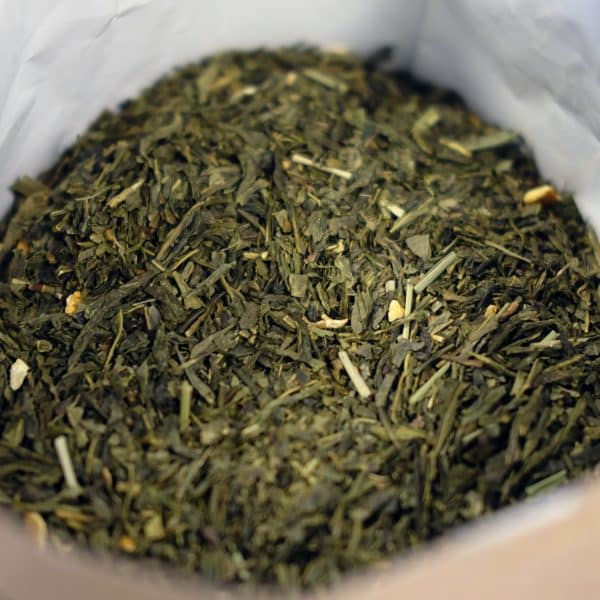
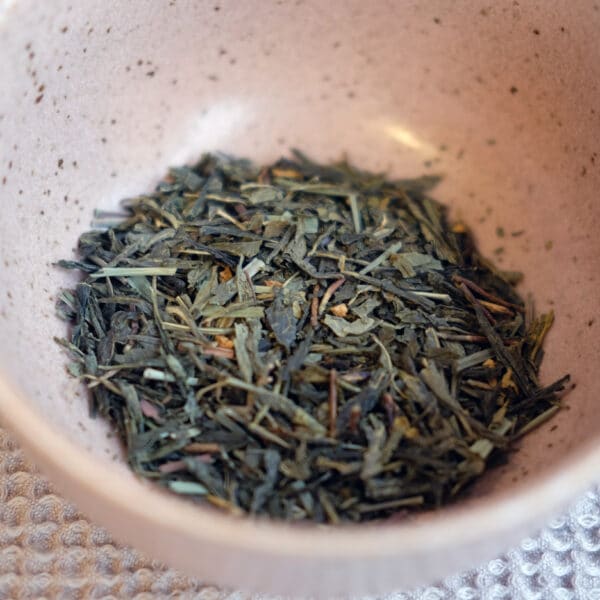
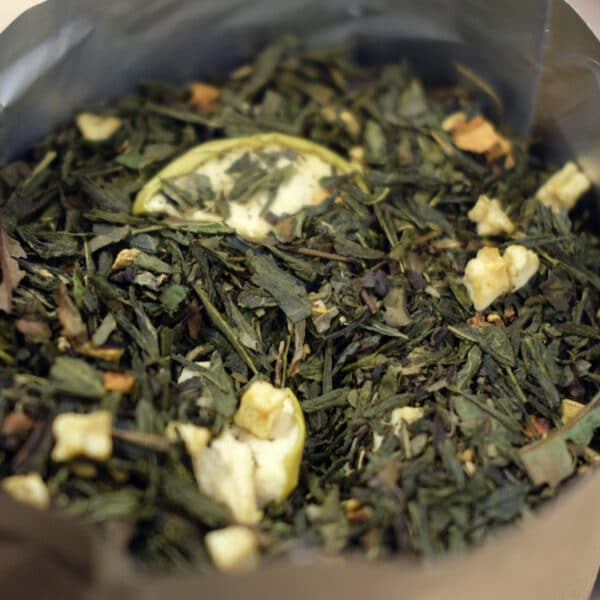
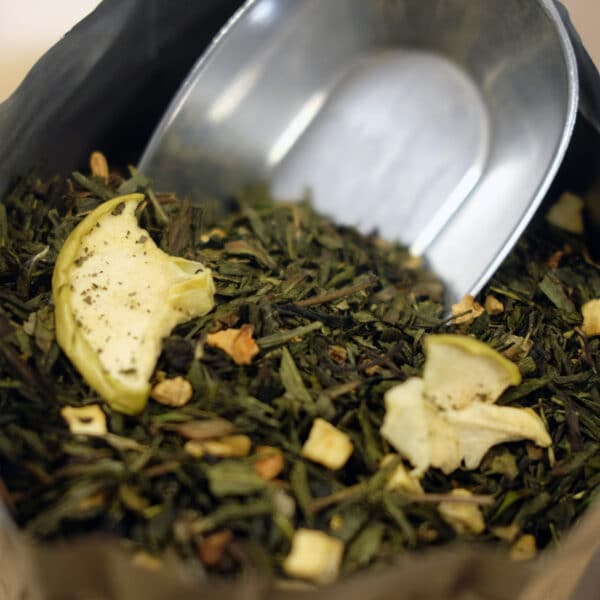
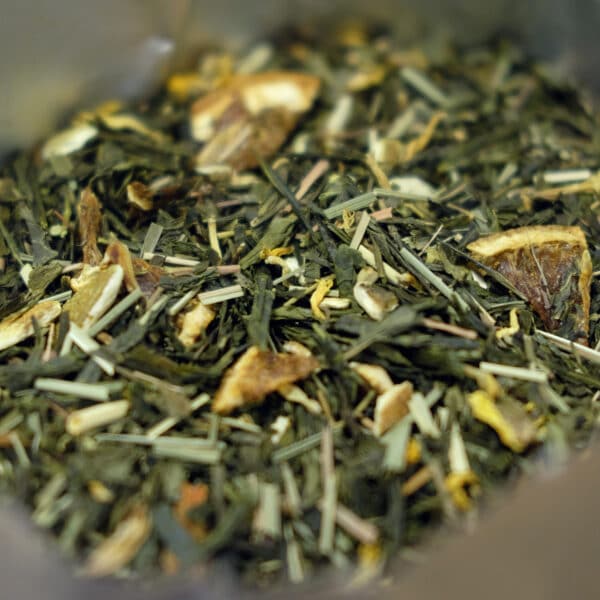
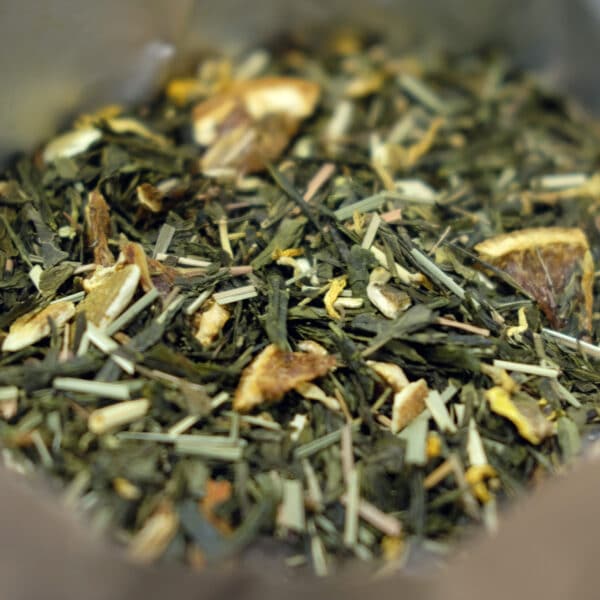
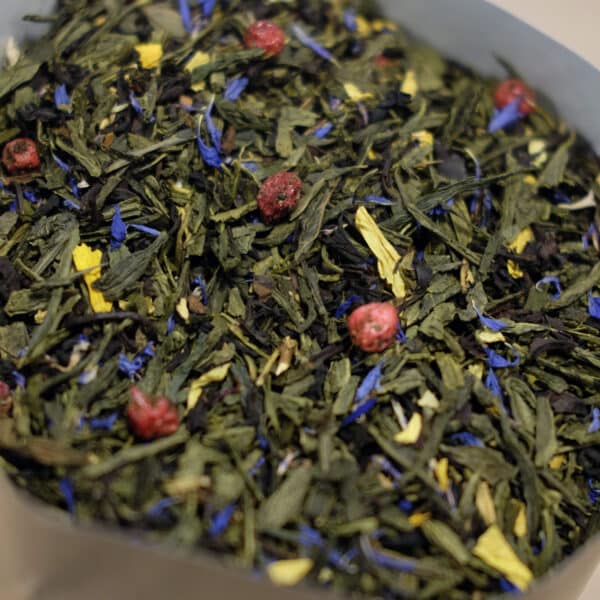
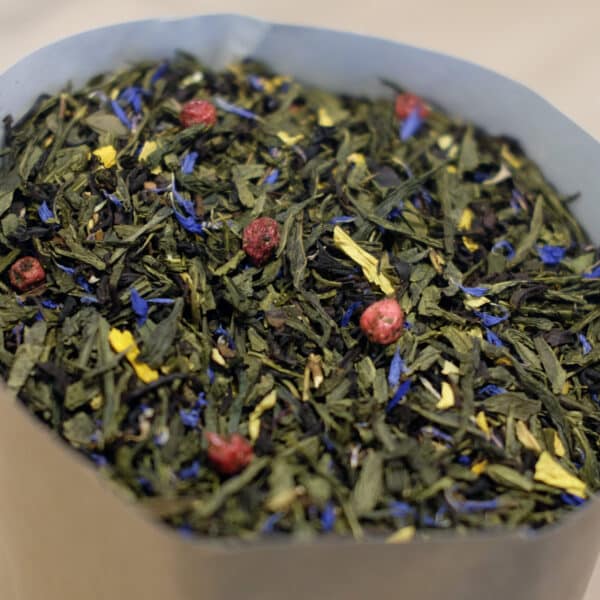
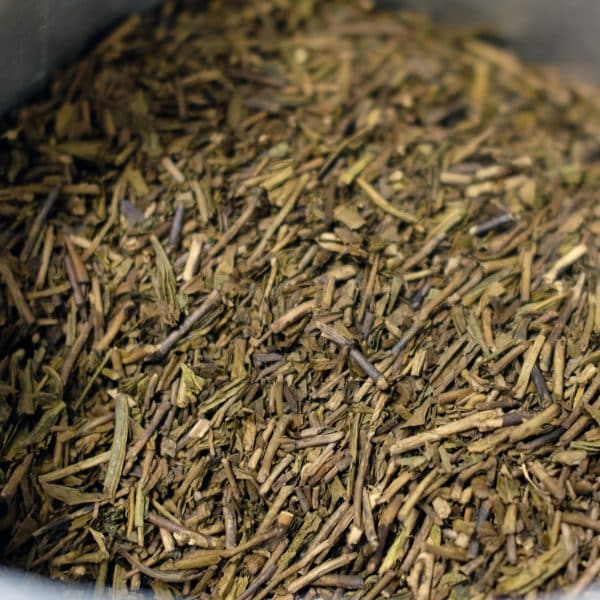
Reviews
There are no reviews yet.